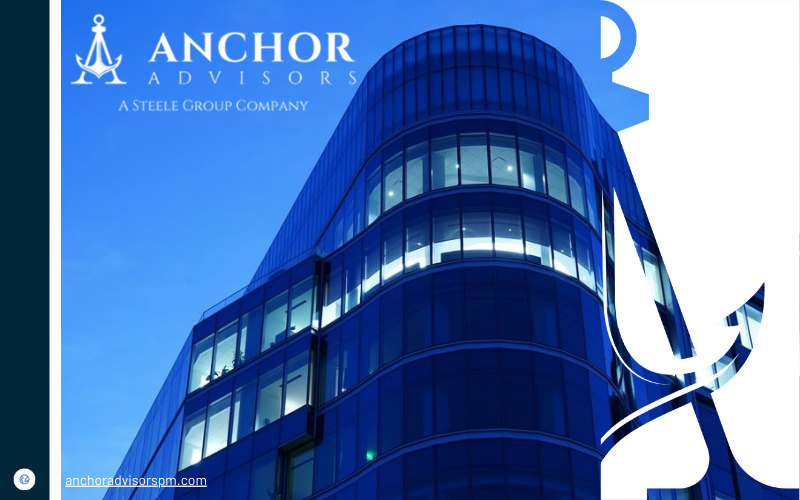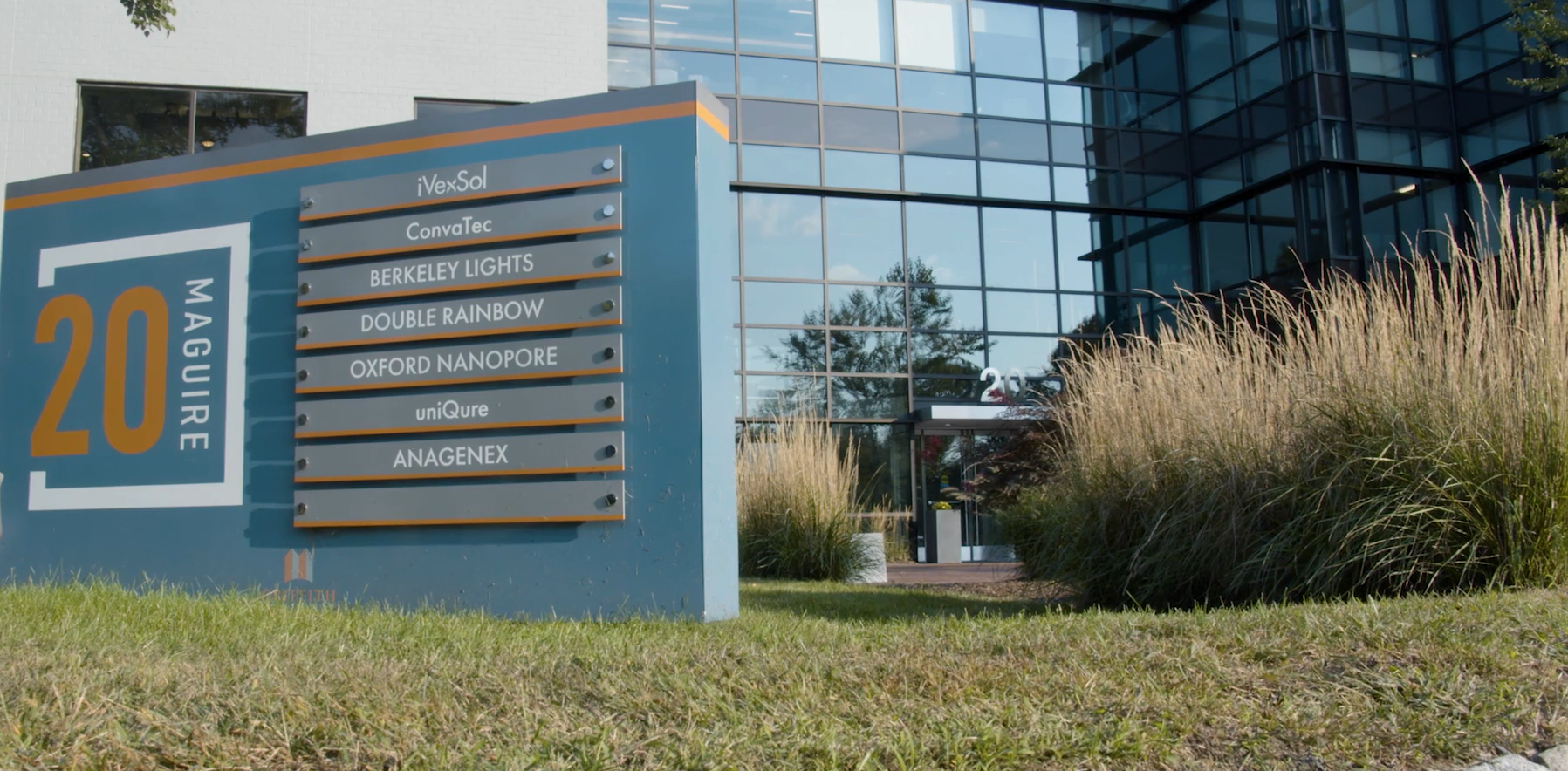If you haven’t already, please see part 1 of this discussion on Workplace Strategy
Does physical presence really matter? Of course! As anyone who has gone on a first date after meeting someone on the internet knows, the in-person meeting can be disappointing within moments of first contact. How do we explain this? How do these phenomena apply in work settings? How do these interpersonal human “reactions” affect relations with real live co-workers? It would certainly seem to play out in areas like choosing mentors, developing work friendships, and even alliances with colleagues.
One of the other workplace holy grails is Collaboration. It is also assumed to be enhanced by face-to-face in-office interactions. Brainstorms and Eureka! moments are expected to occur when we are in each other’s presence. Employee engagement, loyalty and retention, the by-products of a high functioning company, are being imputed into the workplace strategy question. Unfortunately, they continue to resist the ability to be measured and actions to directly improve them are also elusive.
Adding additional complexity to the remote/in-office/hybrid strategy question are the issues of equity, advancement and presenteeism. Remote workers feel they should not be treated differently than employees who go into the office while in-office workers may feel they should be rewarded for putting in the effort to go into the office. Are they both right?
Perhaps this topic deserves a few more posts but it seems that everyone has ideas on how to build a better mousetrap. I have a few metaphors and truisms that might be helpful as you ruminate on your own workplace strategy;
- Change your Perspective – We all see the world from where we sit/stand (note the workplace desk reference 😉). The boss has the right to make policy and employees have the right to resign. The best solutions will likely lie between those two extremes. Although one size does not fit all, trying to accommodate everyone will probably offend everyone. Survey, Hypothesize, Test and Adjust until you get it right.
- If you build it, they may not come – Getting people to come back to the office will not be based on the real estate, snacks and yoga rooms. As Peter Drucker said, “culture eats strategy for breakfast”. Focus on great leadership, transparency, people development and management processes that work for both remote and in-office workers. Remember, people don’t leave their job, they leave their boss.
- It’s called work because its work – If it was fun, it would be called fun. Comedians and musicians seem to have fun but they work hard to hone their performances. Don’t be afraid to ask people to be inconvenienced sometimes, it is after all, work.
- How big is your neighborhood – Research suggest the most effective groups generally average between 25 and 75 people. Keep the in-office and remote times synched up within the appropriately sized workgroups. The entire company doesn’t have to come in on the same days. In fact, we have advised clients who want to save money on real estate, they can’t.
- Quality time is not possible without quantity time. If you have ever raised a child, you know a great plan for a day of “quality time” often goes sideways for a host of reasons (the kids (or you!) are sick, tired, irritable, hungry, etc.) The only way to have quality time is to have a large quantity of time wherein the quality moments can occur. Every moment in the office won’t be 100% awesome, it never was, but not having the time together can preclude great stuff from happening. Encourage patience.
- Embrace human nature – We need interpersonal interactions on a variety of levels As Art Markman said in his HBR article on going back to the office, “Another benefit of spending time with colleagues in the office is that it reinforces the sense that you share a common mission. The phenomenon of goal contagion is a reflection that when you observe the actions of other people, you often adopt their same goals. Being around a group of people who are working toward a common mission reinforces that goal in everyone in the workplace”.
This topic is far more complex than a couple of pages of discussion can address. Stay tuned for future thoughts on the workplace and, please, share your stories.









